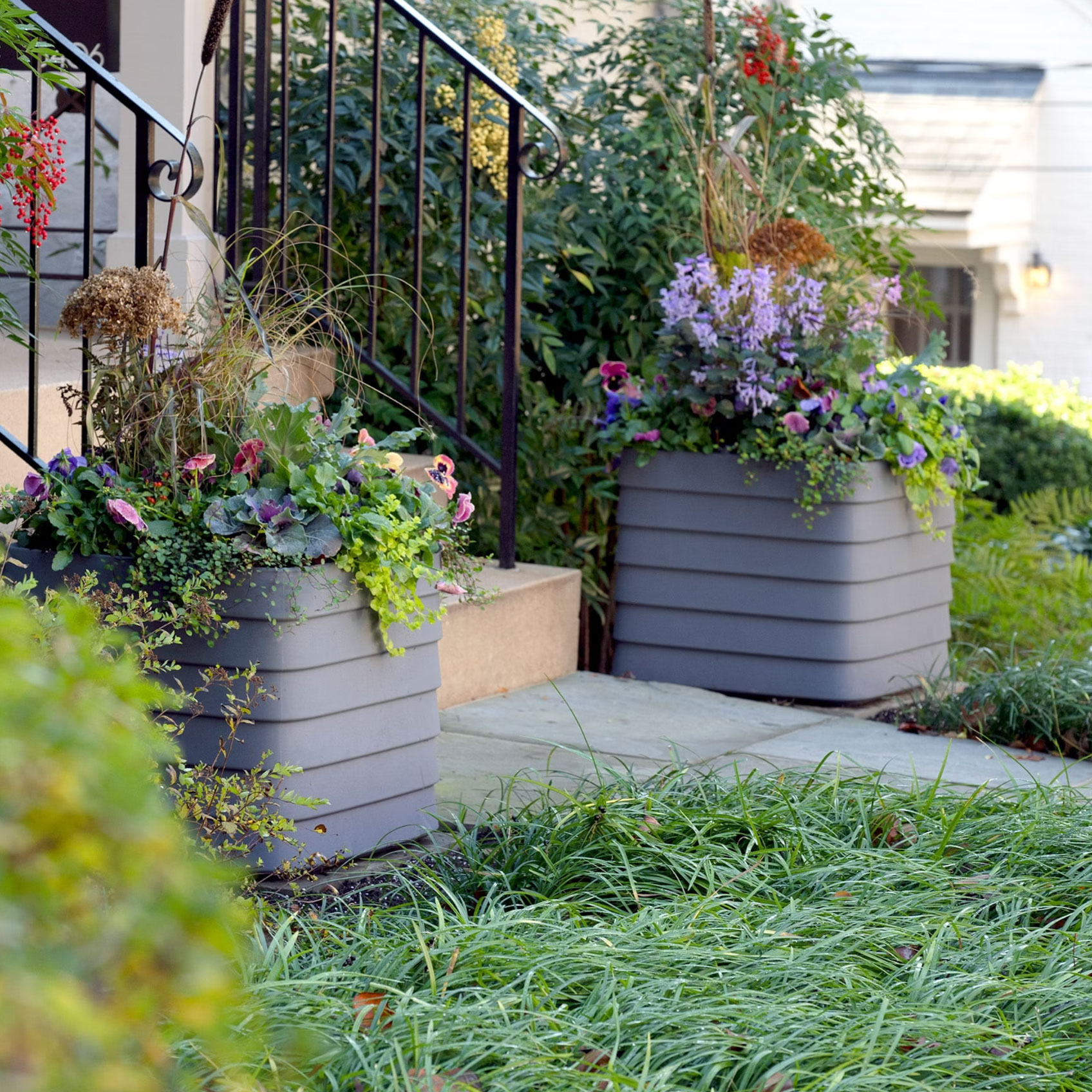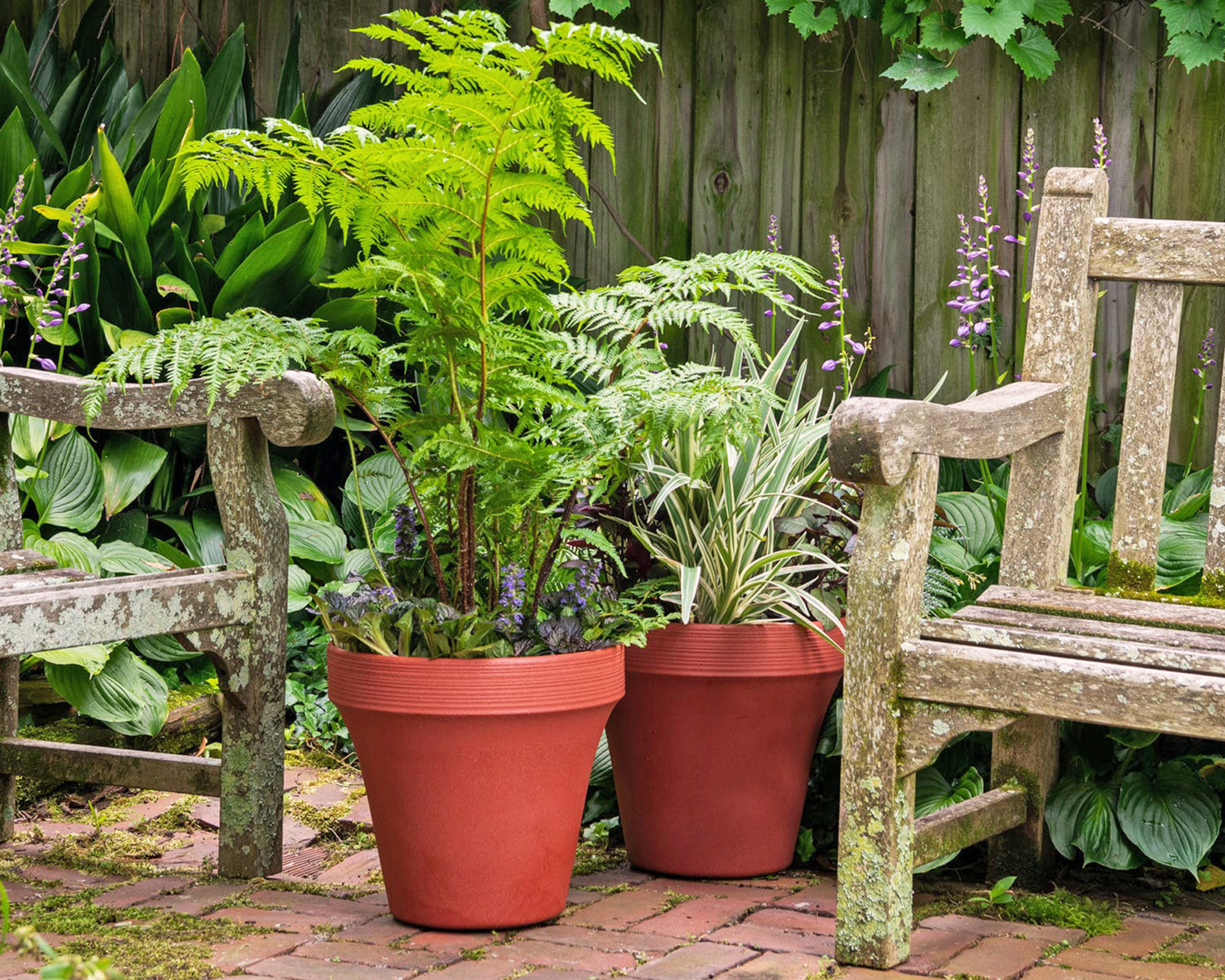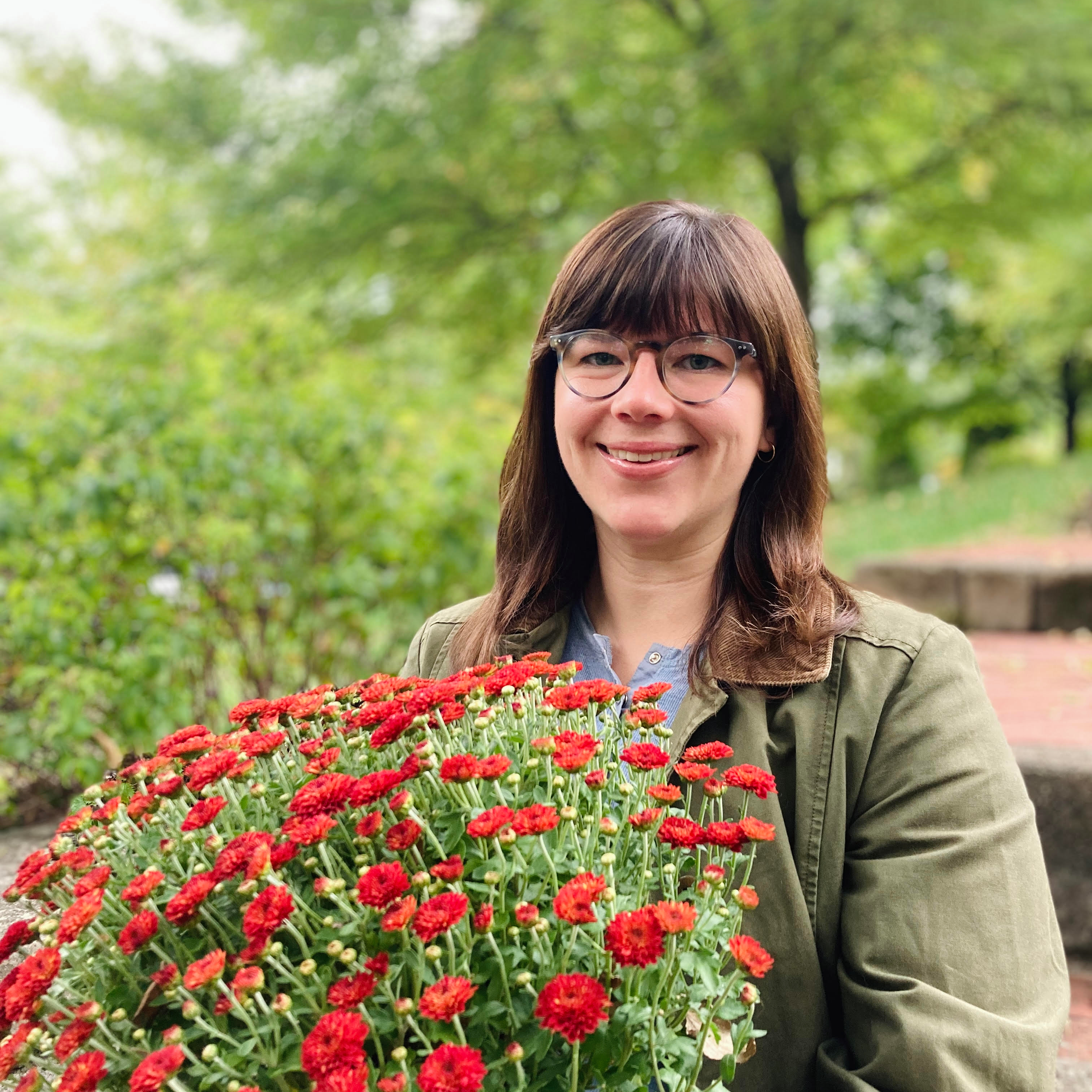If You’re Headed Out Of Town This Summer, Do These 5 Things Before You Pack Your Bags To Help Keep Plants Alive
If you’re headed out of town this summer, you may be wondering how to keep plants alive while on vacation. Here are 5 tasks to do before you pack your bags.


Summer is the time to get away, but it’s also the biggest growing season of the year. If you’ve got a home full of houseplants or a garden full of flowers and veggies, you may be wondering how to keep plants alive while on vacation.
Summer is the time when most plants are at their peak and most gardeners are at their busiest. It can be dangerous to leave plants alone during this vital growth stage, but even the most earnest gardeners deserve a little R&R.
Thankfully, there are a few things you can do as out of town garden care before you leave to get your plants ready for a relaxing summer break of their own. Here’s what to do with plants while on vacation to keep them growing strong until you come home.

No one will know you're not home with these stunning self-watering planters from Crescent Garden! Get them in the Gardening Know How Shop.
How to Keep Plants Alive While on Vacation
Before even packing their bags, gardeners should take a moment to plan out how to keep plants alive while out of town. Here are the five most important tasks to tick off your travel checklist to keep plants healthy and happy while you’re away.
1. Move Plants to the Shade
Move potted plants, hanging baskets, and windowboxes to a shady spot to help them conserve moisture. The biggest threat for plants when you leave town is a lack of water. Even drought-tolerant container plants that love full sun and heat are safer in the shade if you’re not going to be there to tend to them.
Place potted plants in a shady corner of your patio, porch, or garden to help them hold in moisture during those hot summer afternoons. Leaving full sun plants in shade won’t hurt them while you’re on a short trip. When you get home, simply move plants back to their original position and continue caring for them as usual.
2. Invest in Self-Watering Planters

If you’re leaving town for more than a week or two, it’s time to invest in some high-quality self-watering pots or planters. As a frugal gardening fanatic, I know how hard it is to purchase a product I think my plants don’t absolutely need to survive. But when it comes to self-watering pots, like these fabulous indoor/outdoor planters from Crescent Garden, it’s truly worth the investment.
Sign up for the Gardening Know How newsletter today and receive a free copy of our e-book "How to Grow Delicious Tomatoes".
Think of all the money (and time) you’ve spent caring for your plants. You don’t want to throw that away or ruin your vacation worrying whether or not your plants are going to be alive when you come home. Look into self-watering pot ideas you know will keep your plants lush and lovely while you enjoy your holiday away.
Also, self-watering planters aren’t just a good way to care for houseplants while you’re on vacation. They’re great for when you’re home, too. You’ll never have to fret about over or underwatering your precious plant babies ever again!
3. Set a Timer

If you have an in-ground garden or raised beds, even the best self-watering planters aren’t going to solve your problems. However, you can still automate watering you’re away. A hose timer is an easy and accessible way to water plants while you’re out of town.
Though there are lots of high-tech options you can control from your smartphone, this simple hose timer from Home Depot has served me well for years. It’s extremely easy to set up, which is a bonus for less than tech-savvy types like myself. You just attach it to the water spigot on the outside of your house, hook up your hose and sprinkler or DIY drip irrigation system, then set how long and how often you want it to water your garden.
I leave my garden for weeks and even months at a time during the summer. But with this timer and a drip irrigation kit from DIG, which you can also get at Home Depot, my plants are happy and hydrated when I come home.
4. Add Mulch
Even if you’re growing plants in pots, mulching your garden is always a good idea before you leave town. Mulch helps plants hold onto moisture and it also suppresses weeds. Unpacking and washing your clothes when you return from a trip is bad enough. You don’t want to add weeding to your to-do list, too. Save yourself the hassle by putting down mulch now.
Wood chips, leaf mold, and even compost are all magic mulch materials that will feed your soil and protect plants while you’re away. Make sure mulch is at least 1 inch (2.5 cm) deep for the best results.
5. Harvest What You Have

Though it may seem counterintuitive—like going to the grocery before you leave town—it's best to harvest all your vegetables and fruits that are ripe or will ripen while you’re away. If you leave ripe or nearly ripe produce in your garden, it probably won’t be there when you return. Nothing tempts hungry wildlife like an almost ripe tomato.
If you can’t eat all your produce before you leave town, share it with friends, family, or neighbors. You may even be able to take your harvest to a local food bank. Check with your local charities to see if they accept fresh produce. If you want to save your produce to use later, freeze it, can it, or pickle it so you have delicious, fresh food ready when you return home.
This article features products available from third party vendors on the Gardening Know How Shop. Keep in mind that our plant inventory is limited—so if you’re thinking of purchasing, don’t wait!

Laura Walters is a Content Editor who joined Gardening Know How in 2021. With a BFA in Electronic Media from the University of Cincinnati, a certificate in Writing for Television from UCLA, and a background in documentary filmmaking and local news, Laura loves providing gardeners with all the know how they need to succeed, in an easy and entertaining format. Laura lives in Southwest Ohio, where she's been gardening for ten years, and she spends her summers on a lake in Northern Michigan. It’s hard to leave her perennial garden at home, but she has a rustic (aka overcrowded) vegetable patch on a piece of land up north. She never thought when she was growing vegetables in her college dorm room, that one day she would get paid to read and write about her favorite hobby.